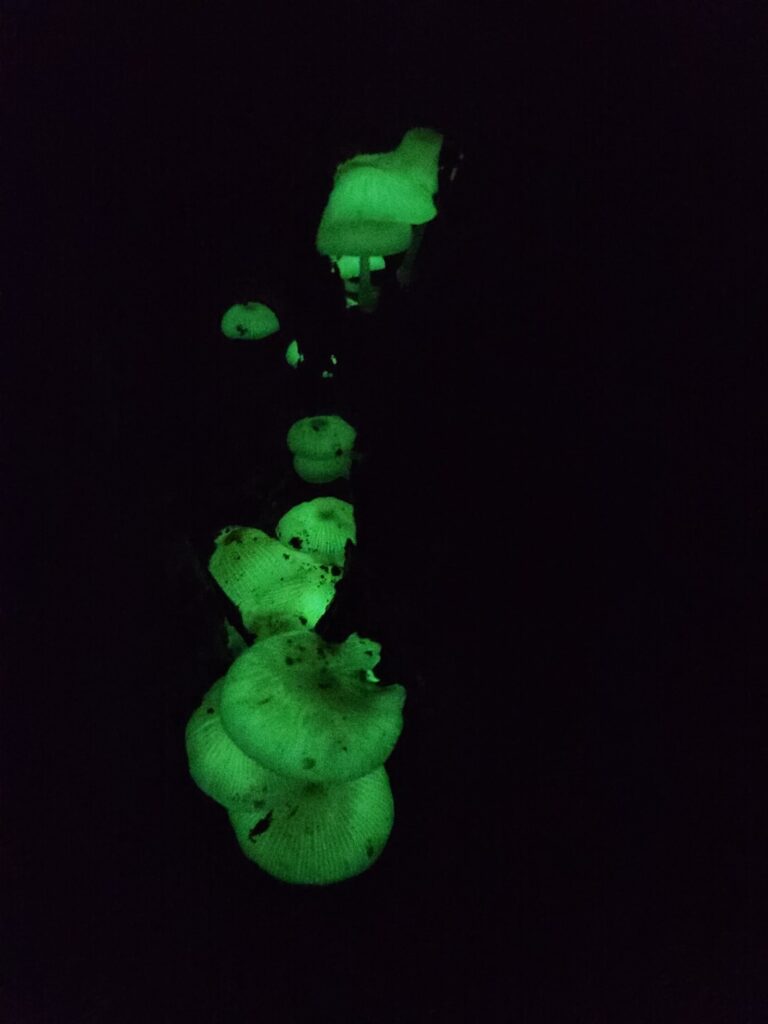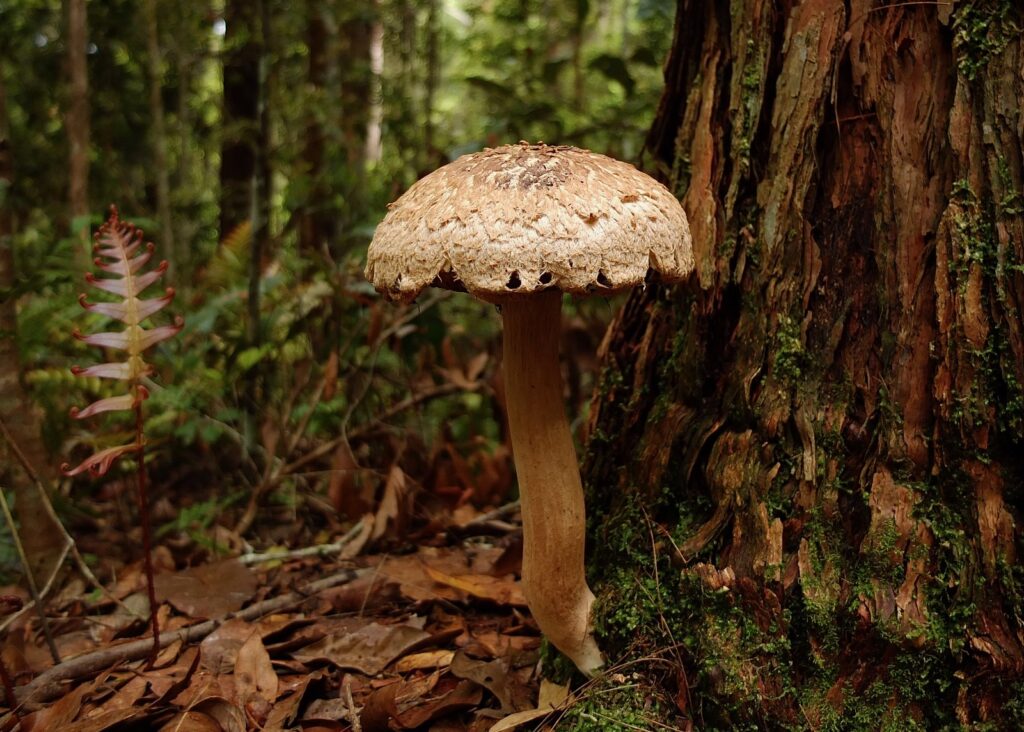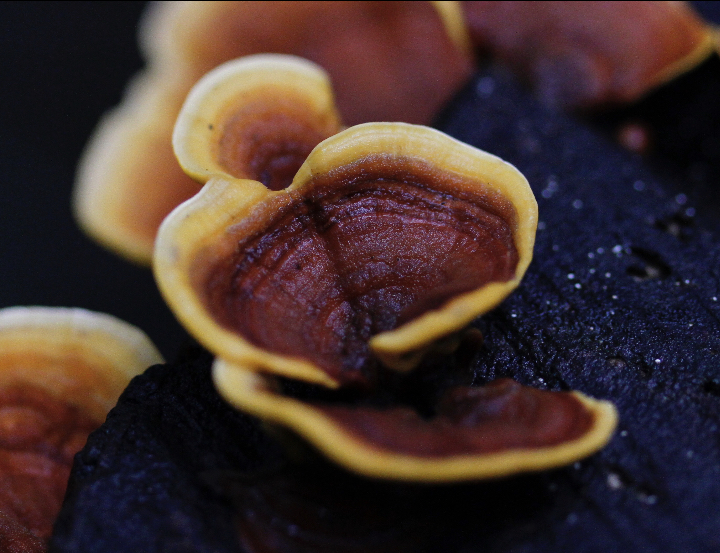I don’t know about you but we were planning on a water delivery for the beginning of December, worried about the possible drought we were warned that would eventuate in the 2023/24 Summer. The plants at the new Barung nursery were getting hit hard by the sun and our nursery manager Cam was suggesting that most people don’t plant in November/December because it is too hot and dry. However, I forged ahead and planted 60 trees and shrubs of varying heights in an area of about one quarter acre (most survived). This can be the problem with Landcare, our plans can be continuously thwarted by the weather and our endemic species, particularly the rainforest species, are slow to grow. It is easy to become disheartened by what seems like a lack of growth and development in an area that we are regenerating. Now the water tanks have been filled many times over but today we had hardly any rain for what feels like the first time in weeks – the ground actually felt less boggy and a walk in the sunshine was a gift.
I wandered down to our wildlife corridor to look at the native species from Barung that we planted at the end of 2021 when we first arrived on the Range. It was very encouraging to see the Hairy Psychotria (Psychotria loniceroides) had grown to 1.5 metres and the Native Rosellas (Hibiscus heterophyllus) are nearing 3 metres. These ‘new’ plants sit amongst the tall existing Blue Quandongs (Elaeocarpus grandis), Red cedar (Toona ciliata) and White Beech (Gmelina leichhardtii). When I spend time in the corridor I start to see more and more small birds moving about. We have 38 species of birds alone on our one acre property that appear seasonally and at different times of the year. Like the different species of butterflies if you don’t observe the area regularly you can miss sighting them. There are also signs of other species having moved through including wallaby and koala (observed through the scats they leave behind).
Despite our best efforts, we still have a lot of weed species and we spend a fair bit of time dealing with them but it is a deliberately slow process with some species so that we don’t upset the habitat of many of the small bird species like red browed finches, dusky honeyeaters, gerygones and yellow robins. There are two big stands of salvia that were probably planted by our predecessors and, although I would love to pull them out now, I am waiting for other endemic native shrubs to grow. Amongst our 38 bird species are 7 predatory species. Many of the larger species, like the Goshawks, are probably attracted by the colonies of Flying foxes but a Currawong or Kookaburra would easily take Red-browed Finch nestlings. Hence, the need for lots of shrubs and ground cover.
We belong to iNaturalist and I submit the odd photo when I think I have found something interesting on or around our land. Last year I submitted a photo of a Three-toed Snake-tooth Skink (Coeranoscincus reticulatus) and was contacted by a researcher from Griffith Uni and the Queensland Museum to find out more about it. A rare sighting, it was found amongst the exotics that had still survived my neglect at the front of our property. We also found and submitted an image of a lovely large Fraser’s Banded Snail.
This year, and especially in the last couple of weeks, we have become more attuned to different fungi species. A bioluminescent fungus, a green tree snake eating a Wilcox’s frog and an interestingly black Garden Orb-weaver along with some very funky insect species that I haven’t yet identified, have all been discovered this week.
These wonderful finds show the biodiversity that can still be found on a small patch of land that sits between farms in Witta. By planting and building biodiversity in our plant life we can also build the biodiversity in our fauna. I’m keen to see what animals will move through our property and what we record over the coming year.







